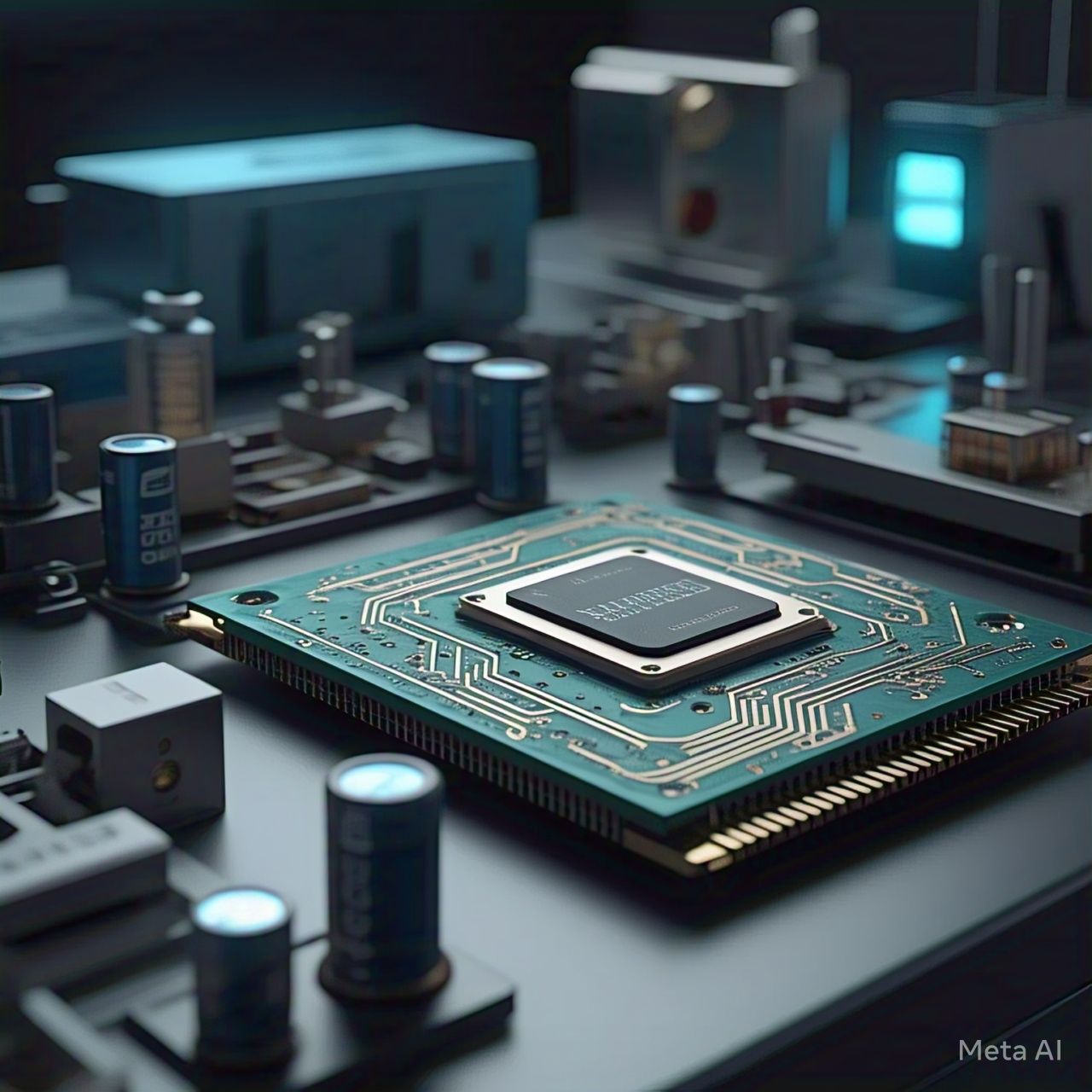Introduction
The rise of AI-powered microchips is revolutionizing the Internet of Things (IoT) and smart devices. These intelligent chips enhance processing efficiency, enable real-time decision-making, and optimize device performance. As the IoT ecosystem expands, AI-driven microchips are playing a critical role in making devices smarter, faster, and more energy-efficient.
What Are AI-Powered Microchips?
AI-powered microchips are advanced processors integrated with machine learning (ML) algorithms, allowing devices to analyze data, adapt, and make intelligent decisions without relying on external cloud computing. These chips bring the power of edge AI, reducing latency and improving real-time responsiveness.
Key Features of AI-Powered Microchips:
- Real-time data processing – Enables instant decision-making without cloud dependency.
- Energy efficiency – Optimizes power consumption for longer battery life in smart devices.
- Enhanced security – Detects and mitigates cyber threats autonomously.
- Self-learning capabilities – Adapts to user behavior for a personalized experience.
How AI-Powered Microchips Enhance IoT and Smart Devices
1. Improved Device Autonomy
Traditional IoT devices rely on cloud servers for data processing, leading to delays. AI-powered chips process data locally, enabling faster and more autonomous operations. This is crucial in smart home automation, autonomous vehicles, and industrial IoT applications.
2. Enhanced Security and Privacy
With cyber threats increasing, AI-driven chips enhance security by monitoring network activity, detecting anomalies, and preventing unauthorized access. By reducing dependence on cloud storage, these chips also minimize data breaches and enhance user privacy.
3. Energy Efficiency and Battery Optimization
Smart devices, particularly wearables and IoT sensors, benefit from AI-driven power management. These chips intelligently allocate resources, extending battery life and reducing power consumption.
4. Real-Time Decision Making
Applications like smart surveillance, healthcare monitoring, and predictive maintenance require instant analysis. AI-powered microchips enable devices to recognize patterns, detect abnormalities, and respond without waiting for cloud-based processing.
5. Seamless Smart Home Integration
AI chips improve smart home devices by enabling better voice recognition, adaptive climate control, and predictive automation. Smart thermostats, AI-powered assistants, and security cameras now operate more efficiently with embedded intelligence.
Key Applications of AI-Powered Microchips in IoT
1. Smart Healthcare Devices
Wearable health monitors leverage AI-driven chips to track heart rate, oxygen levels, and sleep patterns while detecting early signs of illness.
2. Industrial IoT (IIoT)
Factories and logistics centers use AI microchips to optimize workflows, detect equipment failures, and improve safety.
3. Smart Transportation
Self-driving cars rely on AI microchips for sensor fusion, real-time decision-making, and navigation assistance.
4. AI-Driven Smart Cities
Smart traffic systems, energy grids, and surveillance networks use AI-powered chips for better efficiency and automation.
The Future of AI-Powered Microchips in IoT
As AI technology advances, we can expect even smarter, more efficient, and highly secure IoT devices. Neuromorphic chips and quantum computing are emerging as the next wave of AI hardware, promising even faster processing capabilities.
Conclusion
AI-powered microchips are transforming IoT and smart devices by enhancing performance, security, and efficiency. From smart homes to healthcare and industrial automation, these chips enable real-time intelligence and self-learning capabilities, paving the way for a more connected and automated world.




